Social media platforms have become indispensable for any serious marketing effort, and knowing how to harness their power can make the difference between success and failure. It’s almost unimaginable to make it in today’s competitive market without social media, and although the famous Kevin Systrom’s quote that “Great products sell themselves” is indisputable, you can bet that there are dozens of companies that offer a product or service similar to yours, which means that if you want to stand out, you need to go the extra mile in order to capture your audience’s attention and convince them that they should choose you over your competitors.
The first step is identifying your target audience, and that’s just scratching the surface, while a more challenging task is ahead of you. Roll up your sleeves and get ready to do some serious optimization and tweaking of your social media posts, if you want to reach your target audience and make an impact.
With 1.28 billion people who log onto Facebook daily active users, and 1.74 billion active mobile users, this social network can provide you with a far greater reach than any other platform. Obviously, this is almost a quarter of the world’s population, but in this case, the size doesn’t matter. Quite the opposite, you should narrow down your audience and target only those who have the potential to become your leads or customers.
Facebook allows organic targeting, which means that you don’t have to pay for promoting your content. Once you create your post, you can select the target audience, based on their age, relationship status, gender, location, interests, or even certain recent life events such as getting engaged or married, becoming parents, or graduating from high school. These fine-tuning filters give you the possibility to target a smaller but more specific audience that is very likely to be interested in your products or services, which multiplies the chances for their conversion. For example, a bank offering student loans can greatly benefit from targeting recent high school graduates, while, a mom-to-be will surely be interested in baby equipment.
There’s another highly-sophisticated option that you can use, and it’s called website traffic. By adding a retargeting pixel to your website, you can target your ads to people who visited your website within a certain period of time. Moreover, you can additionally refine your settings according to the particular page they visited, the product they viewed, or feature that they clicked on your website. This will help you create emails that correspond to the various sales funnel stages. Of course, timing is everything, so when it comes to Facebook, make sure to post on Monday, Wednesday, Thursday, and Friday between 12 p.m. and 3 p.m. On weekends, post between 12 p.m. and 1 p.m. Of course, this isn’t carved in stone, so it’s essential that you test your posts and ads, and see what works for you. Finally, it’s a good idea to join relevant groups within your industry niche in order to boost your visibility and network with your prospects.
Almost 80% of B2B leads are generated through LinkedIn, which makes it an indispensable channel for all professionals and businesses of all sizes. With more than 400 million members, this social platform is significantly smaller than Facebook, or Twitter, but if we take into consideration that all decision-makers, influencers, or business gurus have accounts on LinkedIn, it’s clear why optimizing your content and polishing your profile is a must.
When it comes to targeting, there’s a common mistake that eager marketers make and it’s called hypertargeting. In an attempt to select a high-converting audience, they tend to narrow it down, thus missing out on visibility and limiting their reach. Of course, by opting for an audience that is too broad, you can significantly reduce your relevance. This sounds like your targeting efforts are stuck between a rock and a hard place, but the most successful campaigns can be your point of reference with their audiences ranging between 60,000 and 400,000.
Another mistake that many marketers succumb to is targeting mainly directors and executives, and believing that they make decisions on their own. However, they’re usually swamped with tons of messages, which is why they delegate members of their teams to go through these messages, filter them, and sometimes even make decisions. Experienced managers and contributors should be your target audience, as they’re, basically, gatekeepers who decide whether a particular message should reach the executive.
Another important factor that shapes your target audience is your content strategy. You need to adjust your message according to segments of your audience that will find it relevant, as it’s crucial to address individual segments with the content that will resonate with them. What’s your take on hashtags? LinkedIn has announced hashtag support, which means that you can maximize your reach by adding searchable hashtags. As it’s easy to get carried away, it’s best to master the skill of using hashtags on different social media platforms, as they don’t work in the same way. For best performance, post Monday through Friday between 8 a.m. and 5 p.m.
This microblogging platform stands right behind Facebook when it comes to producing the highest ROI, with 63.5%. Despite its 140-character limit, Twitter obviously has potential to convey a message and engage audiences. It’s even considered the best online channel for spreading the word of mouth, as its many posts went viral, not to mention that Twitter wars always spark controversy.
The first step towards configuring your account is selecting a username and handle that reflects your brand, and is aligned with your core values and culture. Consistency across all social media channels is vital for maintaining and boosting your branding and awareness. Taking advantage of SEO in Twitter bio, photo, and description is essential for your rankings and targeting.
When it comes to your photo, it’s a good idea to modify the filename and include by including relevant keywords. Although this detail won’t catapult your rankings, it will contribute to your SEO efforts in the long run. Place carefully selected keywords in your tweets, as this is an excellent method to target your audience. Namely, your tweets, although their lifespan isn’t longer than 18 minutes, can still improve your credibility and relevance. Incorporating rich media, links, images, and videos, in our tweets will improve their searchability, and attract your target audience.
It’s a no-brainer that using hashtags on Twitter is a must if you want to reach your target audience, but it’s very important not to get carried away, as stuffing your tweets with hashtags is perceived as a spammy behavior. For example, tweets with hashtags perform 2 times better than those without hashtags when it comes to engagement, but tweets with one or two hashtags perform 21% better in terms of engagement than those with three of four hashtags, according to Buffer. You can use tools to see what the most popular hashtags for your niche are, and pick the ones that are most likely to resonate with your target audience. Noon to 1 p.m. is the most popular time to tweet, but you should test various schedules and see what works for you.
Statistics say that there are more than 500 million Instagram users. The fact that 300 million of them post on a daily basis speaks volumes about how popular and trendy visually oriented social media platform is. If we translate these stats into numbers of images and videos shared on a daily basis, we’ll get 95 million! The question is: how to stand out and reach your audience when tens of millions of other Instagrammers are trying to do the same?
In order to prevent your posts from being buried underneath all that multimedia content, you need to be familiar with your audience and know what works for them. We won’t get into details of identifying your target audience, as you’ve most certainly done that, but that should be the starting point of your strategy. Setting goals is also extremely important because not every business has the same objective when developing Instagram strategy; some want to showcase their products, others want to increase brand awareness, or build an online community. An impeccably clear visual style is what you should aim at. This graphic design studio from Sydney did a great article on eye-catching design trends that will dominate 2017.
Instagram hashtags are different than the ones for Twitter, and it’s important to research them in detail in order to expand your reach. If you’re still not sure what hashtags would appeal to your audience, you can analyze their profiles and see which ones they use. Another good idea is to spy on your competitors and their Instagram profiles. This will provide you with lots of targeted hashtags, as well as other ideas that you can implement. When it comes to the number of hashtags, you can use, Instagram allows as much as 30, and research has shown that posts with over 11 hashtags perform better. You can also put your hashtags in a comment, delete it after a certain period of time, and repost the same hashtags in a new comment. This trick will send your post back to the top of search results.
Contests and giveaways are great methods of targeting your audience and spreading the word about your business, too. As you know, links aren’t clickable in posts, and that’s why you should make the most of your bio. Using keywords in your name and description and putting a link to your website, a new blog post, or a webinar landing page can do wonders for your visibility and searchability. Needless to say, the content you share has to be relevant and visually appealing to your audience. Off-work hours work best for Instagram posting, especially on weekdays.
Optimizing your social media according to your target audience can be challenging and time-consuming, but it pays off quickly through higher conversion rates and much better brand awareness.
Related Posts
A digital marketer from Sydney. Works as a blogger, Senior Editor for Bizzmark blog and a lecturer at Melbourne University. Tweets industry related articles.
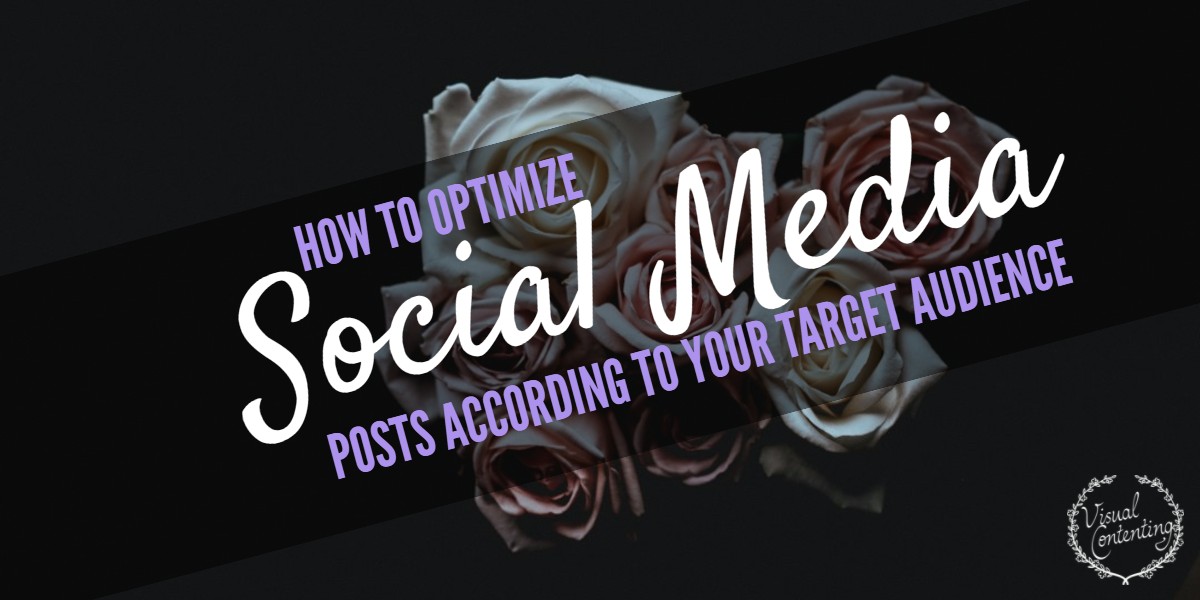
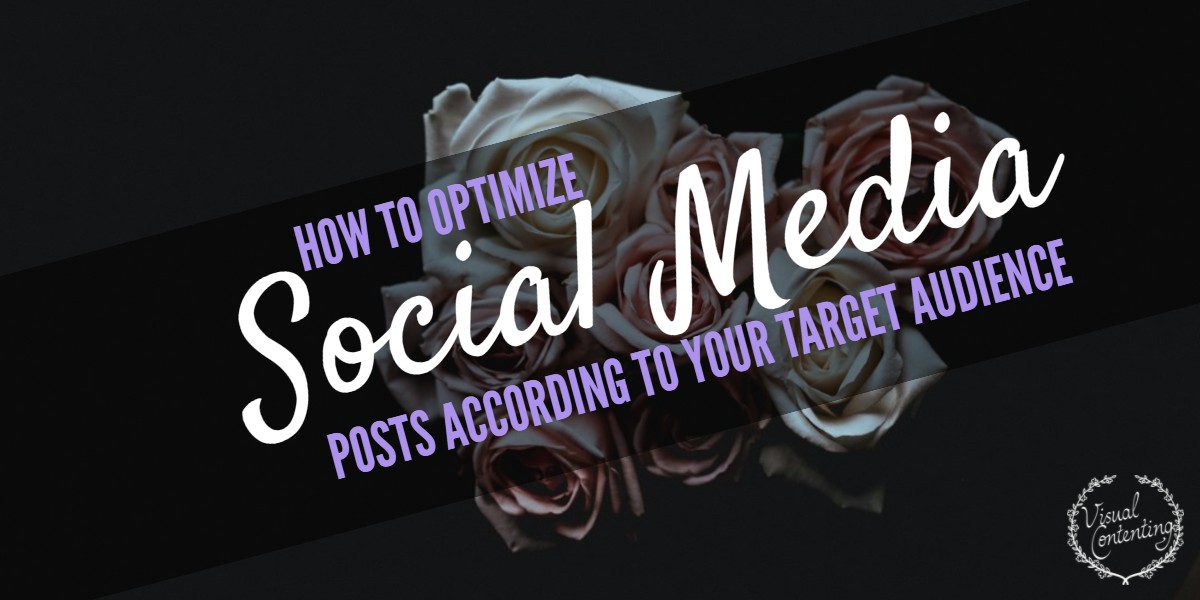


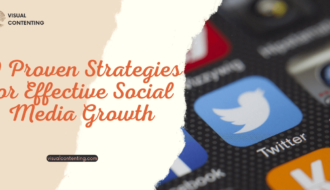
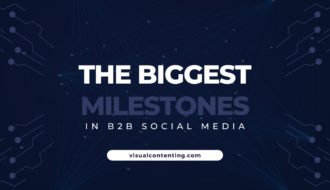


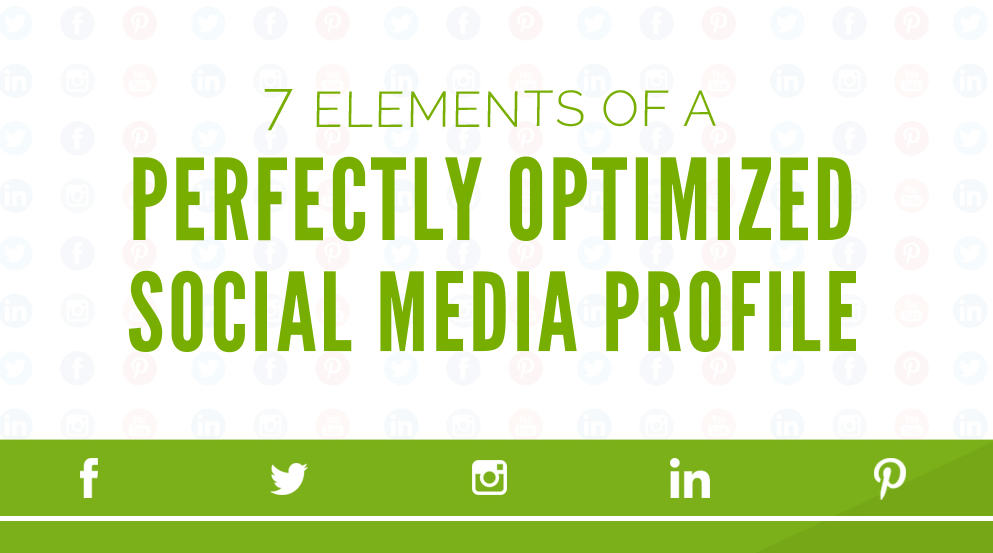
[…] How to Optimize Your Social Media Posts According to Your Target Audience […]